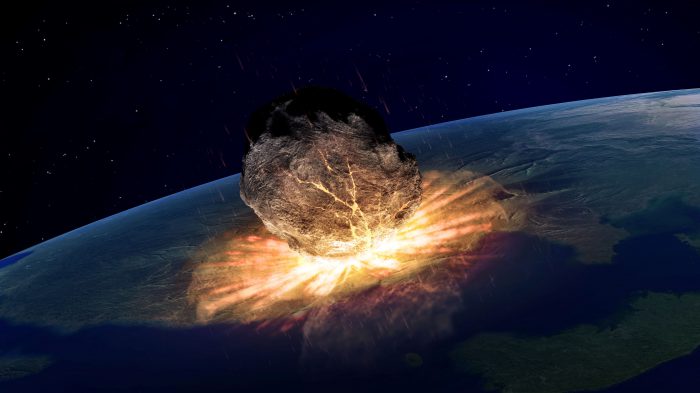Brian McCowan, Zondits staff, 4/1/2023
In what seems like science fiction, a noted astrophysicist has published a hypothesis that repositioning the Earth’s orbit may be the only remaining way to combat climate change.
Dr. Giovanni Dubiosi, a prize-winning professor emeritus from Southern North Dakota University in announcing his findings, states, “We must face the reality that humankind is failing in its attempts to forestall, let alone reverse, climate change. While it is true that the development of renewable energy is advancing at a rapid rate, the exploitation of coal and other fossil fuels is keeping pace.”
Dubiosi says that he and his colleagues have studied multiple proposed paths for combatting climate change and have concluded that we are running out of options. “When policy makers fail,” he says, “science has a duty to come to the rescue. And while I know this sounds far-fetched, it is actually based on well-known proven facts.”
In the paper’s abstract, Dubiosi states that those facts are:
- Sir Isaac Newton proved that Keppler’s laws of planetary motion were associated with only two forces: gravity and inertia.
- Gravity and inertia maintain a balance that keeps Earth, and all planets, in a specific orbit.
- Changing the mass of the Sun or Earth (which was deemed as relatively difficult) or changing the speed the Earth travels around the sun, will change the path of the Earth’s orbit.
- If the Earth’s velocity slows it will move toward the sun, and if it speeds up it will move away.
- Science has proven that a collision with a large asteroid could change the Earth’s velocity, thereby affecting its orbit.
- NASA’s Dart Mission, this past September, proved that we have the capability to disrupt the path of an asteroid by hitting it with a spacecraft.
Dubiosi proposes that rather than fear that an asteroid might collide with Earth, we could induce such an event in a controlled fashion. “We have the knowledge and we have the tools.” he states, “All we need to know is the mass of the asteroid; the speed it needs to be travelling at the time of collision; and the location on Earth it needs to hit at a certain degree of rotation. All of this is within our capabilities. The hardest part may be vacating the vicinity of impact.”
The abstract of Dubiosi’s paper can be found here.
